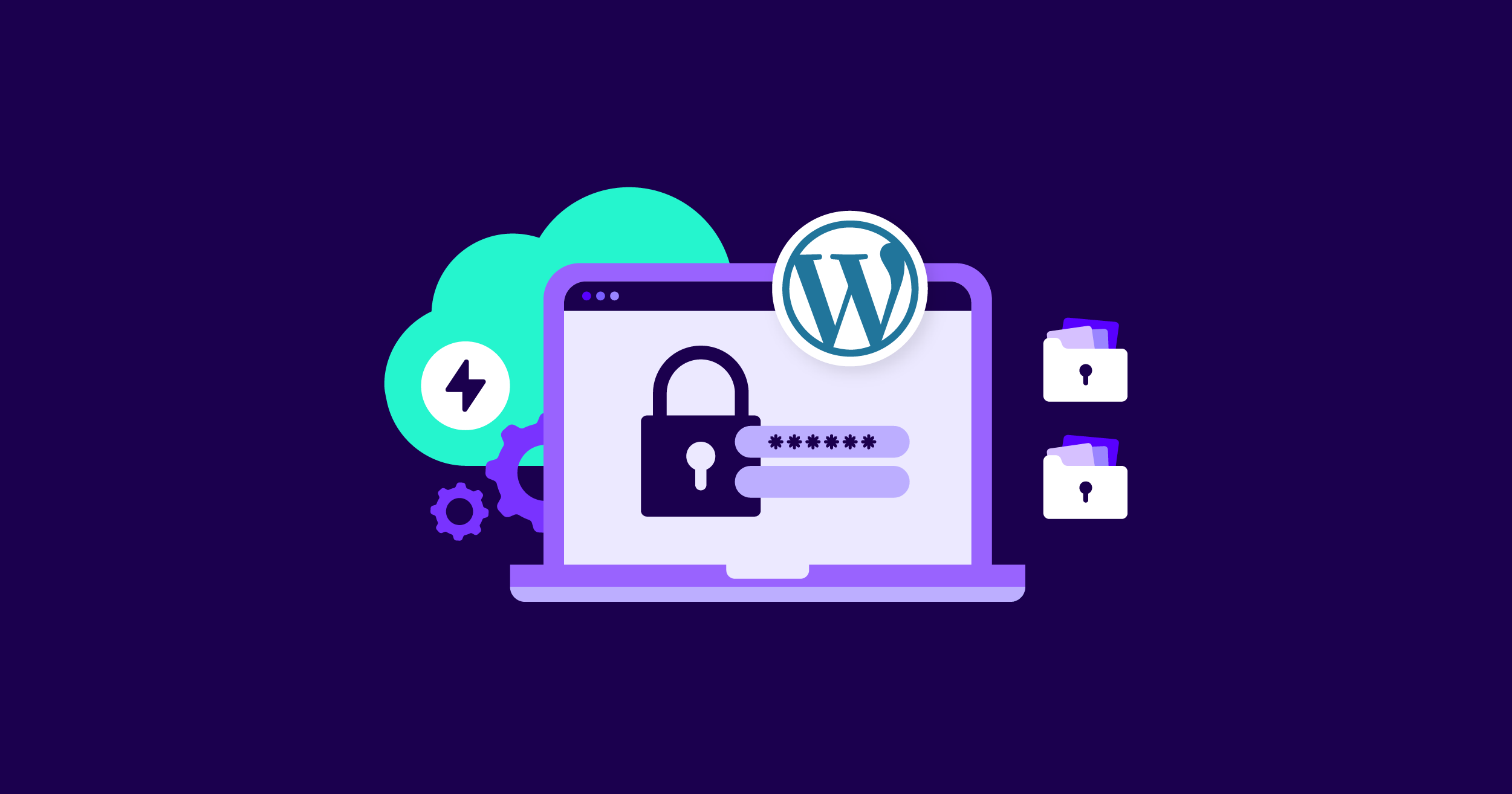In today's digital landscape, it's hard to escape the ubiquitous presence of website cookies. Upon visiting almost any website, you're instantly greeted with a persistent banner at the bottom of the screen, urging you to "accept all cookies." In an attempt to quickly dismiss this seemingly irksome popup, many users reflexively click the "accept" button, often without fully understanding the implications or how to manage these mysterious cookies. However, we conducted an insightful experiment to shed light on how to take control of cookies effectively, and what consequences may arise if we choose to neglect them.
Let's begin by demystifying cookies themselves. Cookies, in essence, are small files that websites utilize to store information about your browsing activities on your device. They serve three primary purposes: enhancing user convenience, ensuring website functionality, and tracking visitors' behaviors. On the convenience front, cookies facilitate personalized experiences by saving your preferences and settings. For instance, a hotel reservation website can remember your preferred currency, while a social network can retain your login details if you opt for the "Remember Me" feature. When you revisit a website, it checks for relevant cookies on your device, recognizes you, and seamlessly grants access to your account.
However, it is important to note that cookies not only provide useful features for website visitors but also enable services to collect user data for targeted advertising and personalized recommendations. Some of these cookies, known as third-party cookies, belong not only to the website owners but also to partnered companies. Consequently, concerns have been raised about cookies being utilized primarily for tracking purposes. To address this issue, many countries have introduced legislative acts requiring websites to obtain user consent for data collection. Directive 2002/58/EC of the European Parliament and the Council is one such example, explaining why we frequently encounter those small pop-up windows asking for cookie consent.
Accepting cookies without scrutiny has become a common practice for users eager to proceed to their desired website content swiftly. The "Accept all" option is often prominently displayed, while the alternative to customize cookie settings remains inconspicuous. Privacy advocates have voiced their concerns about some websites intentionally making cookie management more complex.
Curious to explore the intricacies of cookie configuration, we conducted an experiment aimed at answering several important questions:
1. Do websites inform users about their use of cookies?
2. Are users provided with the option to decline cookies?
3. How do users' preferences in website settings affect the number of cookies stored?
4. Is configuring cookies on websites a seamless process?
Our experiment involved analyzing 32 diverse websites, including mass media sites, private company websites, cultural and sports organizations' platforms, educational portals, government websites, and others. To ensure unbiased results, we cleared all existing cookies from our computer before visiting each website. Subsequently, we checked whether cookies were stored on our device and, if present, identified their types. If a settings window appeared, we explored the enabled and disabled cookies by default.
Surprisingly, among the 32 websites studied, 14 did not inform users about the use of cookies or provide options to configure them. Additionally, these websites stored cookies on our devices immediately after accessing them. We then delved into their privacy policies and discovered theoretical ways to block data collection and usage, either by contacting the marketing companies associated with the website owners or by requesting the site administrators not to track us. However, we recognized the impracticality and inconvenience of these methods as means of shielding oneself from tracking.
Of the 32 websites, 18 allowed us to customize cookie preferences, albeit only for certain types of cookies, typically mandating the retention of "necessary" ones. Notably, 14 of these websites prioritized user preferences, automatically disabling advertising cookies in their settings. Conversely, seven websites promptly deposited a cookie on our devices without granting us an opportunity to review our preferences.
To thoroughly explore the impact of cookie configuration, we attempted to disable all permitted cookies in the website settings. Surprisingly, despite our efforts, one to three cookies persisted on our computers. In stark contrast, accepting all cookies resulted in an average of 20 to 30 cookies being stored. This significant difference reinforces the importance of actively engaging with website settings.
While it is indeed possible to reject cookies through website settings, it can be cumbersome and repetitive to do so for each individual site. Fortunately, alternative solutions exist. Browser settings offer the option to block third-party cookies, especially those utilized for advertising purposes. Another approach involves disabling all cookies, although this may affect the reliable functionality of some websites. An additional convenient feature is the incognito mode available in many browsers, which automatically deletes cookies upon closing the private browsing window. This can be particularly useful when using public computers where you have limited control over cookie settings.
Nevertheless, it is crucial to recognize that cookies are not the sole tracking mechanism employed by websites. We discovered that websites possess an array of other tracking methods, rendering cookie settings insufficient for complete protection. For comprehensive defense against ad tracking, various dedicated tools are available, such as Kaspersky Internet Security's Private Browsing feature, which actively blocks tracking attempts. Our experiment revealed that even when cookies were disabled within the browser, additional tracking attempts were identified and thwarted. Therefore, to guarantee online privacy, it is advisable to adopt supplementary protective measures.
In conclusion, our experiment revealed that the most effective approach lies in configuring cookie settings within the browser itself. Utilizing the browser's settings menu to block cookies provides a comprehensive and centralized method for managing cookies. Exceptions can be made for specific websites if necessary. To bolster defenses against other tracking techniques, enabling Private Browsing or exploring dedicated privacy tools can be invaluable. By proactively taking control of cookies and implementing additional safeguards, you can confidently navigate the online landscape while safeguarding your privacy.









